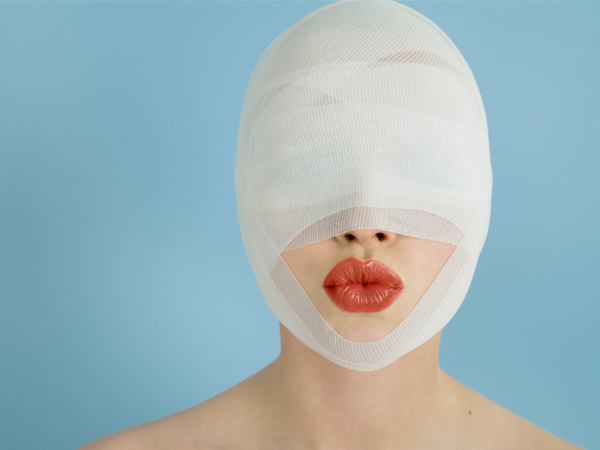
Heightened media focus around dodgy salons is prompting increasing numbers of clients who say they’ve been left injured and infected to come forward, with alarming reports of life-threatening infections contracted through unsterile equipment on the rise. Nadia Bokody reports.
The saying ‘death by pedicure’ may be a a jovial exchange between nail devotees, but in recent years it’s had a much darker and very real implication.
In February 2006, 46-year-old Texan mother of three and long-time nail salon client Kimberly Kay Jackson suffered a fatal heart attack triggered by a staph infection Jackson’s attorney says she developed after her nail technician cut her foot with a pumice stone. And in August of the same year, Californian woman Diana Mears filed a wrongful death suit against a Mountain View nail salon alleging her daughter died as a result of a mycobacterium fortuitum infection she contracted during a 2004 pedicure.
Though both salons vehemently denied the claims, recent years have seen an alarming increase in similar suits around the globe for cheap nail bars improperly using equipment and failing to sterilise manicure tools, including here in Australia.
Bacteria lurking in wax pots
Melbourne nail salon client Alex Jebovich was so frustrated by the lack of action she says she experienced after contracting a staph infection from a nail bar she visited in Melbourne’s West that left her covered in welts and scabs for eight months, the client decided to approach Channel 9’s A Current Affair (ACA) program to bring the issue to light.
“Nobody wants to shake my hands. They look at me like I’m something strange,” the Melbourne client told ACA of the infection she says she’s still fighting as a result of a routine wax with product she now believes was contaminated.
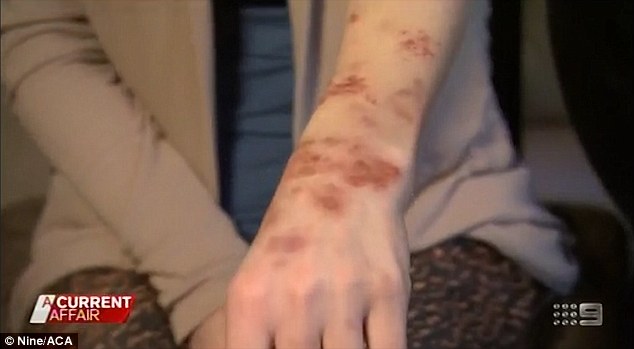
Reports of infections spread by use of non-sterile wax pots (a result of inexperienced therapists double dipping) in dodgy salons charging as little as $5 for a underarm wax are currently a major issue in the Australian beauty industry, with the journal of Clinical Infectious Diseases noting a recent case of a 20-year-old Melbourne woman admitted to the emergency room with a life-threatening infection after receiving a the Brazilian wax at a cheap nail bar.
“Our case is notable, because it illustrates the infectious risks of pubic hair removal…The beauty industry is growing at an unprecedented rate and more invasive and potentially harmful procedures are increasingly available,” the journal’s authors noted.
And waxing experts are warning that even infections thought to be reserved for sexual contact such as STDs, can be passed on through a Brazilian in salons where therapists ignore the need to use a fresh waxing spatula for each application, a practice which is thought to be widespread in ‘budget’ salons, though currently largely under-regulated.
Infected nail equipment
It’s a commonly held belief in the professional nail industry that equipment put into an autoclave sterilising device is safe for use. However, in a new study conducted by Biological Health Services Australia in which six utensils regularly used at Australian supermarket beauty bars were tested, bacterial mutations were found on every device, including those that had just come out of an autoclave.
Out of all of the equipment, the toe separator rated the most likely to spread disease, with 85 mutations of bacteria found, while 76 mutations were found on a blade from a bladed foot scraper, 42 on a regular nail file, 22 on a nail drill head, 11 on a cuticle instrument and eight on a heel scraper, with both the cuticle and heel tools coming from an autoclave.
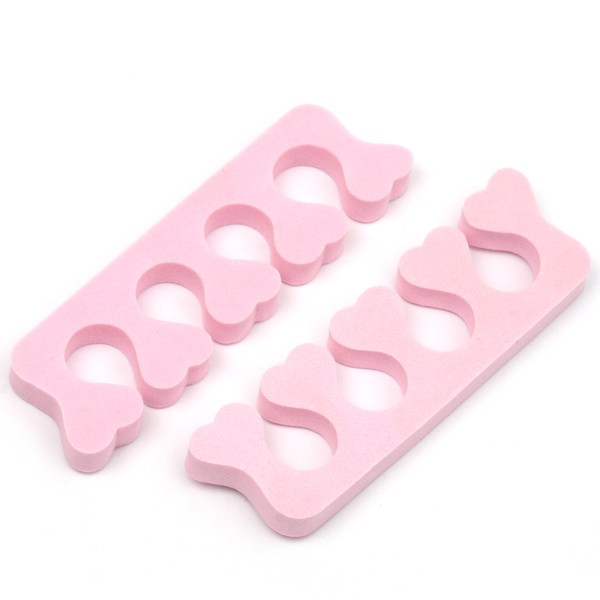
It may explain why women like businesswoman Maria Foti are filing law suits against nail bars for alleged ‘pain and suffering’ due to infections like green nail which can cause pain and green discolouration.
The study’s lead scientist, Dr. Cameron L. Jones, says the results are a sombre warning to nail bars about the potentially fatal dangers of working with tools that can pierce the skin.
“If a bladed instrument is moving from person to person and it breaks the skin, this is a perfect vehicle for the transmission of blood born illnesses such as Hepatitis.”
Scars and burns
Perhaps most alarmingly, reports of clients leaving so-called ‘budget’ salons with burns and potential scarring are becoming a widespread issue as new technology continues to launch and become readily available online, where untrained individuals can purchase it and begin using it immediately, and some salons are offering online coupon deals for laser treatments for as little as $20.
In 2012, an anonymous Perth woman filed a lawsuit against a salon she says left her with “genital burns” after a laser hair removal treatment to her pubic region.
“Anyone can buy this IPL machine over the internet or on eBay and use it with little or no training. This is a wake-up call for the industry and its practice standards. It’s also a warning to others to make sure they know the risks before undergoing IPL,” the woman’s lawyer, Slater and Gordon’s Karina Hafford told Perth Now.
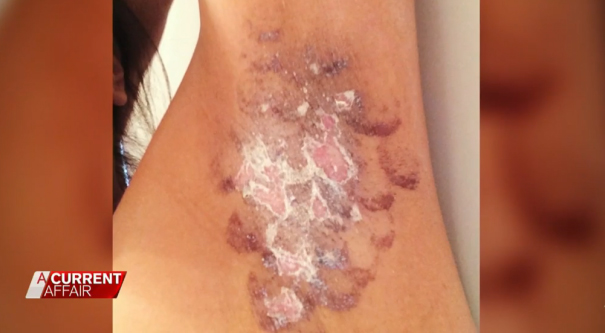
A 2011 investigation by consumer advocacy body Choice confirmed the Perth case is not an isolated issue, with large numbers of clients reporting painful injuries to the organisation.
“We have heard from people who have experienced severe burns, blistering and scarring after undergoing laser or IPL,” said Choice spokeswoman Ingrid Just.
The Choice report also noted doctors and dermatologists believe the reported cases of severe burns and injuries are just the tip of the iceberg, with many incidents remaining unreported due to client embarrassment and lack of knowledge around who to go to to complain. Reported injuries from laser treatments range from burns, blistering, scarring and increased skin pigmentation to eye damage.
The states of NSW, Victoria and South Australia have effectively no regulation on IPL or laser devices despite numerous calls by the industry and by medical practitioners.
Have your say: Do you think the beauty industry needs greater regulations around salon health and safety, especially when it comes to so-called ‘budget’ or supermarket salons?
Related
- EVERYTHING you need to know about Vitamin A and retinol
- Meet Maxx – Salon profile on Melbourne’s House of Maxx
- The comeback of cannabis and it’s part in the beauty industry
- The power of cosmetics packaging
- The world’s most powerful beauty influencers
3 thoughts on “The deadly consequences of budget salons”
Leave a Reply
You must be logged in to post a comment.

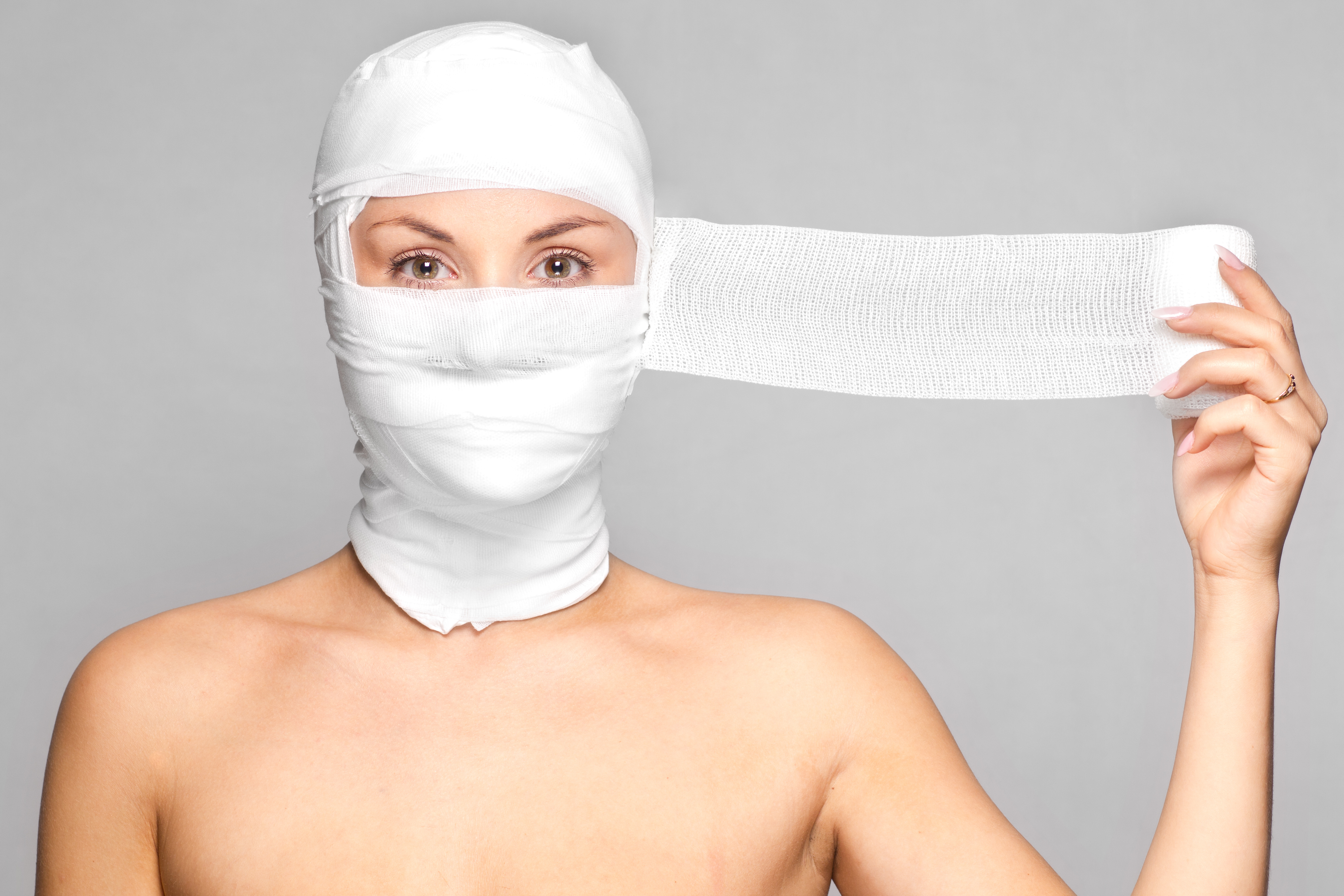
Unfortunatley it would seem that regulation needs to come back for this industry, we have done an amazing job of self regulation over the past 20 years with associations like the APFA spreading the word and promoting healthy salons.
Beauty Therapists and Nail Technicians need to get behind their professional associations who help to make this education and regulation happen they cannot do it without the support and backing of the industry.
The lack of enforced regulation in the beauty industry upsets me. In addition, the lack of qualified therapists (Beauty and LASER/IPL) cheapens the industry. Every Therapist who takes pride in their work should be active advocates for qualified therapists and informing their clients about how to spot the good from the bad (obviously price is a telling factor). We need enforced, national regulation.
This is the problem of many major Salons and Parlors. Their negligence results by providing injuries to their clients. Even we have seen many cases where the treatment by inexperienced clinicians has burned their customers skin.